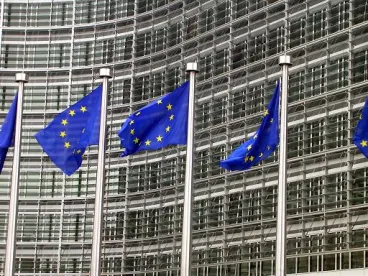In a break from European Commission and prevailing industry interpretations, the European Court of Justice (ECJ) held on September 10, 2015 that REACH concentration thresholds for substances of very high concern (SVHCs) that can trigger notification and communication requirements must be calculated at the component level. For companies that had relied on the European Commission’s more favorable interpretation – calculating concentration thresholds for imported products at the product level – the implications of the court’s decision could be significant, perhaps necessitating an updated supply chain communication and compliance strategy for imports into the EU.
Background
Articles 7 and 33 of REACH impose notification and communication requirements on article manufacturers and importers into the EU that can be triggered when the weight of an SVHC in an article exceeds 0.1%. Since the enactment of REACH, there has been debate regarding whether, for complex products composed of multiple components, the threshold should be calculated at the component level or the product level for imported articles. The European Commission had taken the position – favorable to industry – that the thresholds should be calculated at the whole product level, meaning that if the threshold was exceeded for minor components, the notification and communication requirements would not necessarily be triggered.
Many companies had organized their supply chain communications and compliance strategies around this interpretation, but several member states, including France, and Germany, disagreed.
The dispute was ultimately litigated at the ECJ for a binding interpretation of REACH.
Opinion and Implications
The ECJ adopted an expansive definition of the term “article” to include objects joined with other objects in order to form more complex products. The effect of this decision is that the SVHC concentration threshold for products must be calculated at the component level.
The court did not address the full implications of its decision for products with extensive supply chains, such as electronics, that may be made of hundreds or thousands of components, some of which may themselves contain multiple components. In short, the court’s decision will likely result in increased supply chain obligations for importers of complex articles into the EU, as well as increased uncertainty about how to define the relevant component that must be assessed.
Companies that import products into the EU would be wise to review – and, if necessary, amend – their REACH compliance assurance procedures.





 />i
/>i
